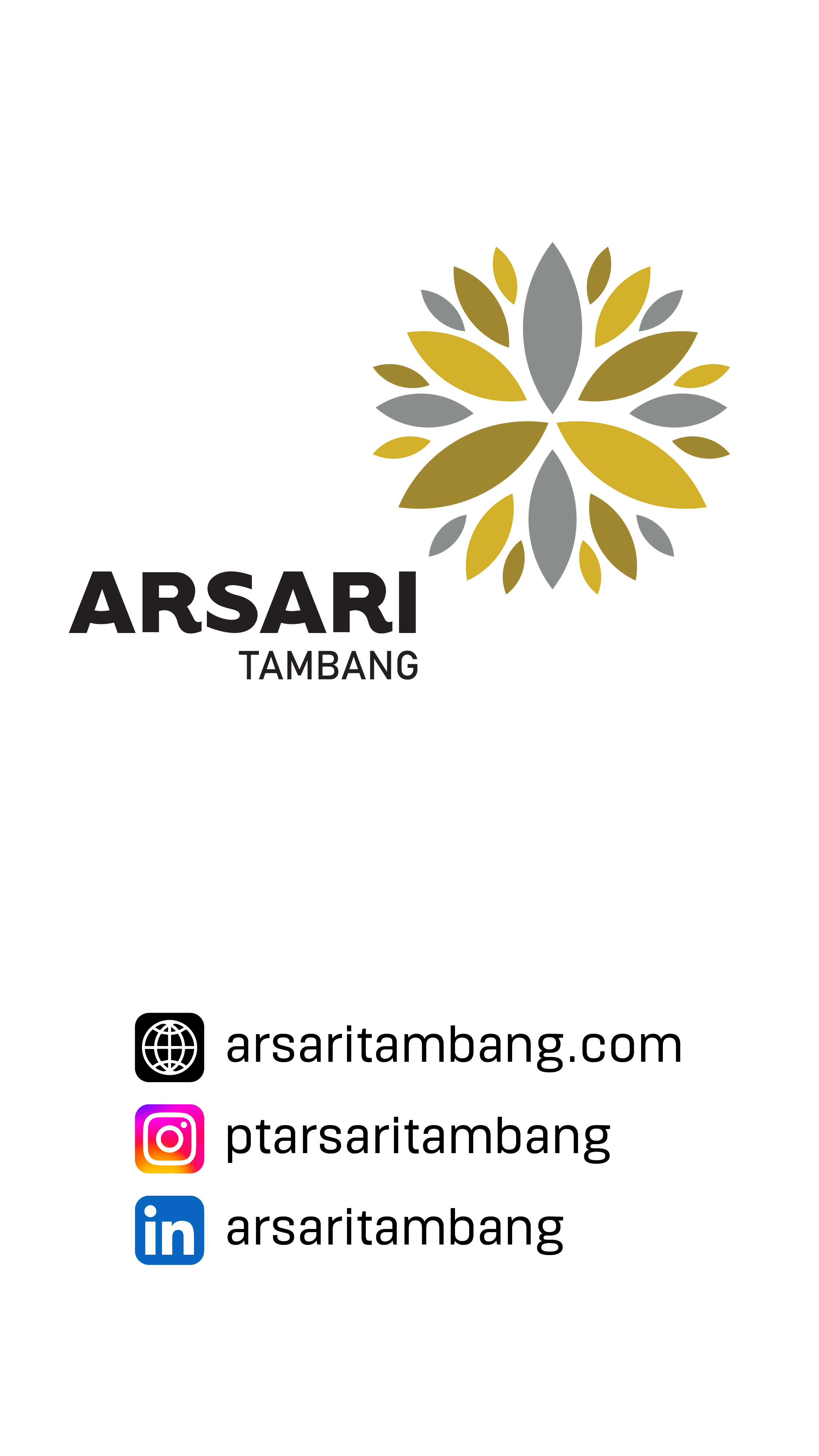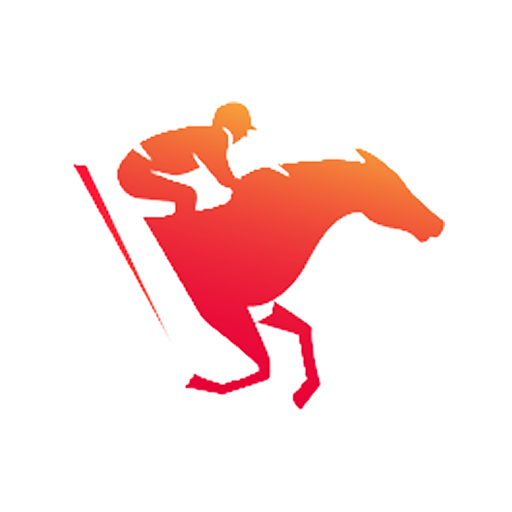


SARGA.CO – Horse racing isn’t just about the fastest horse or the most skilled jockey—it’s also about the track they race on. Like a battlefield, the type of surface can influence race outcomes, strategy, and even injury risks.


There are three main types of racetracks in horse racing: dirt, turf, and synthetic. Each brings unique characteristics and its own set of challenges.

Dirt tracks are the most classic surface, commonly found in the United States and parts of Asia, including Indonesia.
Characteristics: Made from a mix of sand, clay, and organic material. It dries quickly but can change dramatically when wet. Typically faster than turf, but more slippery.
Challenges: Dust and flying dirt can obscure the vision of horses and jockeys behind the leaders. Kickback (sand kicked up by the front runners) is common. The surface can become hard when dry or sticky when wet, leading to inconsistent performance.
Best For: Power-packed horses with quick early speed (front runners). Jockeys usually push their mounts forward early to avoid kickback.


Turf, or grass tracks, are common in the UK, Europe, and Japan.
Characteristics: Made of natural grass with a soft, flexible surface. Gentler on horses’ joints, lowering long-term injury risks. However, rainwater can linger, making it slick.
Challenges: Becomes slippery when wet, increasing the chance of horses losing their footing. Some horses dislike the feel of grass. The turf can rip up during a race, altering the surface mid-competition.
Best For: Agile, stamina-driven horses. Jockeys must carefully pick a “fresh” path that remains firm and stable.
Synthetic surfaces (like Tapeta or Polytrack) are a modern innovation designed for consistency and safety.
Characteristics: Composed of sand, rubber, fibers, and wax or silica. Engineered to stay stable in all weather and reduce dust or debris.
Challenges: Some horses dislike the unusual surface, and not all trainers or countries embrace it because performance can vary. Maintenance costs are high.
Best For: Versatile horses that adapt easily. Many trainers use synthetic tracks more for training than for major competitions.
Which Is Best?
There’s no single perfect surface. The ideal track depends on the horse’s style (front runner vs. stalker), weather, and trainer or jockey preferences. Even world champion horses can’t necessarily dominate every type of track.
(Various sources)























































Install SARGA.CO News
sarga.co